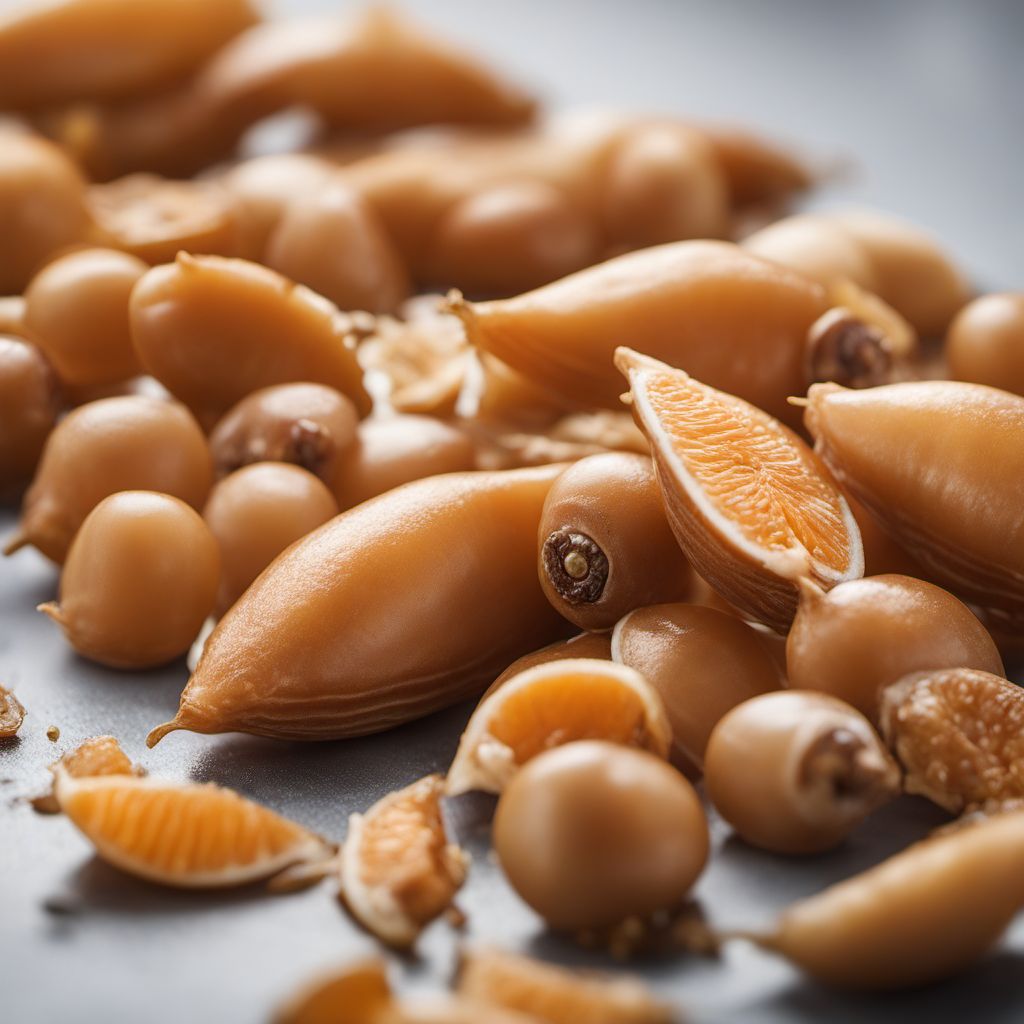
Ingredient
Scad
The Mighty Scad: A Flavorful Catch from the Sea
Scad has a firm and meaty texture, with a mild and slightly sweet flavor. Its flesh is white to pinkish in color, and it has a moderate oil content that contributes to its rich taste. When cooked, scad retains its shape and flakes easily, making it versatile for various cooking methods.
Origins and history
Scad is commonly found in the coastal regions of the Atlantic, Indian, and Pacific Oceans. It has been a staple food in many coastal communities for centuries, providing a valuable source of protein and essential nutrients.
Nutritional information
Scad is a good source of lean protein, omega-3 fatty acids, and essential vitamins and minerals like vitamin D and selenium. It is also low in mercury, making it a safe choice for regular consumption.
Allergens
May cause allergic reactions in individuals with fish allergies.
How to select
When selecting scad, look for fish with clear and bright eyes, shiny skin, and a fresh sea-like aroma. The flesh should be firm to the touch and free from any discoloration or strong odor. Opt for sustainably sourced scad to support responsible fishing practices.
Storage recommendations
To maintain its freshness, store scad in a refrigerator at temperatures below 40°F (4°C). It is best consumed within 1-2 days of purchase. If freezing, ensure the fish is properly cleaned, wrapped tightly, and stored at 0°F (-18°C) or below for up to 3 months.
How to produce
Scad is typically caught using fishing nets or lines. Amateur fishermen can try their luck in coastal areas with scad populations, using appropriate fishing gear and following local fishing regulations.
Preparation tips
Scad can be grilled, baked, fried, or steamed. It pairs well with citrus flavors, herbs, and spices. It can be served as a main course, incorporated into salads, or used in fish stews and curries.
Substitutions
Mackerel or sardines can be used as substitutes for scad, as they share similar flavor profiles and textures.
Culinary uses
Scad is commonly used in Asian and Mediterranean cuisines. It is often marinated, grilled, or fried whole, served with rice or bread, and accompanied by flavorful sauces or salsas.
Availability
Commonly available in tropical and subtropical regions, including Southeast Asia, the Caribbean, and parts of Africa.

